
In the world of lighting design, sconces hold a special place. These versatile fixtures not only enhance the aesthetics of a space but also play a crucial role in functional lighting. For lighting contractors, understanding the various types of sconces, their applications, and installation techniques can significantly elevate their service offerings. This article delves into the essentials of sconces that every lighting contractor should be familiar with.
Sconces are wall-mounted light fixtures that provide both ambient and task lighting. Unlike traditional ceiling-mounted fixtures, sconces are designed to illuminate walls and create a warm, inviting atmosphere. They come in various styles, sizes, and finishes, making them suitable for a wide range of applications.
When it comes to sconces, there are several types to consider. Each type serves a unique purpose and can dramatically change the ambiance of a room.
Understanding these types allows contractors to recommend the best options based on their clients’ needs and preferences. Additionally, sconces can be strategically placed to enhance specific features of a room, such as highlighting architectural details or creating a cozy corner for relaxation.
Sconces are available in a variety of materials, including metal, glass, and wood. The choice of material can influence not only the aesthetic appeal but also the durability and maintenance of the fixture.
Styles range from modern and minimalist to vintage and ornate. Contractors should be well-versed in these styles to help clients choose sconces that complement their interior design. For instance, a sleek metal sconce might suit a contemporary space, while a wrought iron fixture may be more appropriate for a rustic setting. Furthermore, the finish of the sconce—whether matte, polished, or brushed—can also play a significant role in the overall look, allowing for a seamless integration with existing decor.
In addition to style and material, the color of the light emitted by sconces can greatly affect the mood of a room. Warm white light can create a cozy and inviting atmosphere, making it ideal for living rooms and bedrooms, while cooler tones might be more suitable for workspaces or kitchens where clarity and focus are essential. Understanding the interplay between light color and fixture design can help contractors provide a more holistic lighting solution that meets both functional and aesthetic needs.
Sconces can be used in numerous settings, each offering unique benefits. Understanding the applications of sconces can help contractors provide tailored solutions for their clients.
In residential settings, sconces can enhance the ambiance of various rooms. In living rooms, they can highlight artwork or architectural features, while in hallways, they can provide essential lighting without overwhelming the space.
In bedrooms, sconces serve as bedside lighting, offering a stylish alternative to table lamps. They can also be used in bathrooms for both functional and decorative purposes, providing soft lighting around mirrors. Additionally, sconces can be strategically placed in dining areas to create an intimate atmosphere, making meals feel more special. The versatility of sconces allows homeowners to choose from a variety of styles, from modern to vintage, ensuring that they can find the perfect match for their décor.
In commercial spaces, sconces can contribute to branding and atmosphere. Restaurants, for example, often use sconces to create a warm and inviting environment for diners. In offices, sconces can provide task lighting in collaborative spaces or private offices.
Retail environments can benefit from sconces that highlight products or create focal points within the store. For instance, a boutique might use sconces to draw attention to a display of jewelry, while a furniture store could place them to illuminate a specific seating arrangement. Moreover, sconces can be used in hospitality settings, such as hotels and resorts, where they can enhance the overall guest experience by adding a touch of elegance and comfort to lobbies or corridors. Understanding these applications allows contractors to provide clients with effective lighting solutions that enhance their business environments.
Proper installation is crucial for sconces to function effectively and safely. Lighting contractors must be aware of various factors when installing these fixtures.
Before installation, it’s essential to assess the electrical requirements of the sconce. This includes understanding the voltage, wattage, and compatibility with existing wiring. Contractors should ensure that the electrical box is securely mounted and capable of supporting the weight of the sconce.
Additionally, it’s important to follow local electrical codes and regulations to ensure safety and compliance. This may involve obtaining necessary permits or inspections, depending on the project scope. Moreover, contractors should consider the type of bulbs being used, as LED options may require different fixtures compared to traditional incandescent bulbs. The energy efficiency of the chosen lighting can also influence the overall electrical load, which is vital for homes with older wiring systems.
The placement and height of sconces can significantly impact their effectiveness. A general guideline is to install sconces at eye level, typically around 60 to 66 inches from the floor. However, this can vary based on the specific application and the height of the ceiling.
In areas such as hallways or staircases, sconces should be placed to provide adequate illumination without creating harsh shadows or glare. Contractors should consider the overall design of the space and the intended use of the sconces when determining placement. For instance, in a cozy reading nook, sconces can be positioned closer to seating areas to offer focused light for reading, while in larger living spaces, they may be spaced further apart to create a broader wash of light. Furthermore, the style and finish of the sconces should complement the room’s decor, enhancing the aesthetic appeal while ensuring functionality. Thoughtful placement can also help in highlighting architectural features or artwork, adding depth and character to the overall ambiance of the space.
As energy efficiency becomes increasingly important, lighting contractors should be aware of the options available for energy-efficient sconces. This not only benefits the environment but also helps clients save on energy costs. By choosing the right lighting solutions, contractors can play a crucial role in promoting sustainability while enhancing the aesthetic appeal of their clients’ spaces.
LED sconces are an excellent choice for energy efficiency. They consume significantly less energy than traditional incandescent bulbs and have a longer lifespan, reducing the frequency of replacements. Additionally, LED technology offers a range of color temperatures, allowing contractors to customize the lighting to suit the client’s preferences. This versatility can create the perfect ambiance for any room, whether it’s a cozy living area or a vibrant workspace.
When recommending LED sconces, contractors should also educate clients on the benefits of dimmable options, which can further enhance energy savings and create versatile lighting scenarios. Dimming capabilities not only reduce energy consumption but also allow for a tailored atmosphere, enabling clients to adjust lighting based on the time of day or specific activities, such as reading or entertaining guests. Furthermore, many LED sconces now come with smart features that allow for seamless integration with home automation systems, providing an even greater level of control and efficiency.
Integrating smart technology into sconces is another trend gaining traction. Smart sconces can be controlled remotely, allowing users to adjust brightness, color, and even scheduling. This level of control not only enhances convenience but also contributes to energy savings. By programming lights to turn off when not in use or to dim during daylight hours, homeowners can significantly reduce their energy consumption without sacrificing comfort.
Contractors should familiarize themselves with various smart lighting systems and their compatibility with different sconce models. This knowledge will enable them to offer cutting-edge solutions that meet modern consumer demands. Additionally, understanding the integration of voice-activated assistants and mobile applications can further enhance the user experience, making it easier for clients to manage their lighting environments. As smart home technology continues to evolve, staying informed about the latest advancements will position contractors as leaders in the industry, ready to meet the needs of a growing market focused on efficiency and innovation.
The design landscape for sconces is continually evolving. Staying updated on the latest trends can help contractors provide clients with contemporary options that enhance their spaces.
Minimalism remains a popular trend in interior design, and sconces are no exception. Sleek, simple designs with clean lines and neutral colors are favored for their ability to blend seamlessly into various settings. Contractors should consider recommending minimalist sconces to clients seeking a modern, understated look.
Another trend gaining popularity is the use of mixed materials in sconce design. Combining metal with glass, wood, or fabric can create striking visual contrasts and add depth to a space. This approach allows contractors to offer unique and customizable solutions that cater to individual client tastes.
In summary, sconces are a versatile and essential component of lighting design that every lighting contractor should understand. From their various types and applications to installation considerations and trends, having a comprehensive knowledge of sconces can significantly enhance a contractor’s service offerings.
By keeping abreast of the latest developments in sconce design and technology, contractors can provide clients with innovative solutions that not only meet their lighting needs but also elevate the overall aesthetic of their spaces. Embracing sconces as a key element in lighting design will undoubtedly lead to more satisfied clients and successful projects.
Ready to take your lighting projects to the next level? Discover the exceptional value and quality that LumenWholesale offers. Our extensive collection of spec-grade lighting products, including a diverse range of sconces, is designed to meet the needs of discerning contractors like you. With unbeatable wholesale prices and the convenience of free shipping on bulk orders, you can equip your projects with premium lighting solutions that reflect the latest trends and standards in the industry. Elevate your service offerings and delight your clients by choosing LumenWholesale for Wholesale Lighting at the Best Value. Your success is our business.
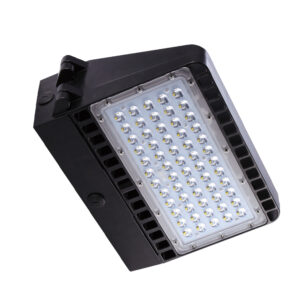
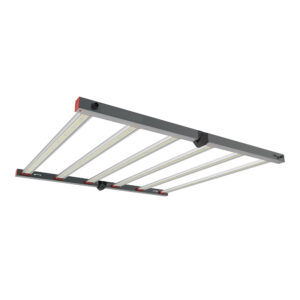
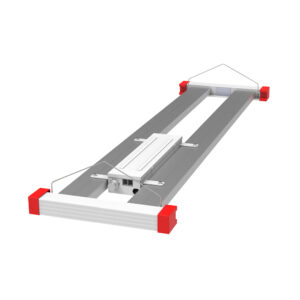
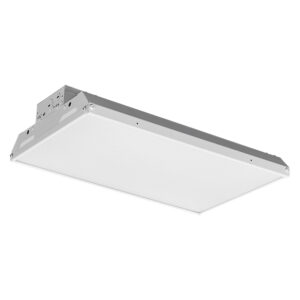
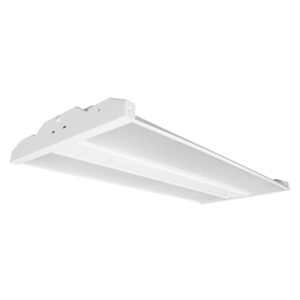
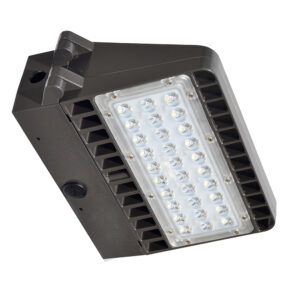

Discover essential insights for lighting contractors on electrical outlets, including installation tips, safety guidelines, and the latest industry standards.

Discover the pitfalls of purchasing architectural round pendant lights in bulk from local distributors.
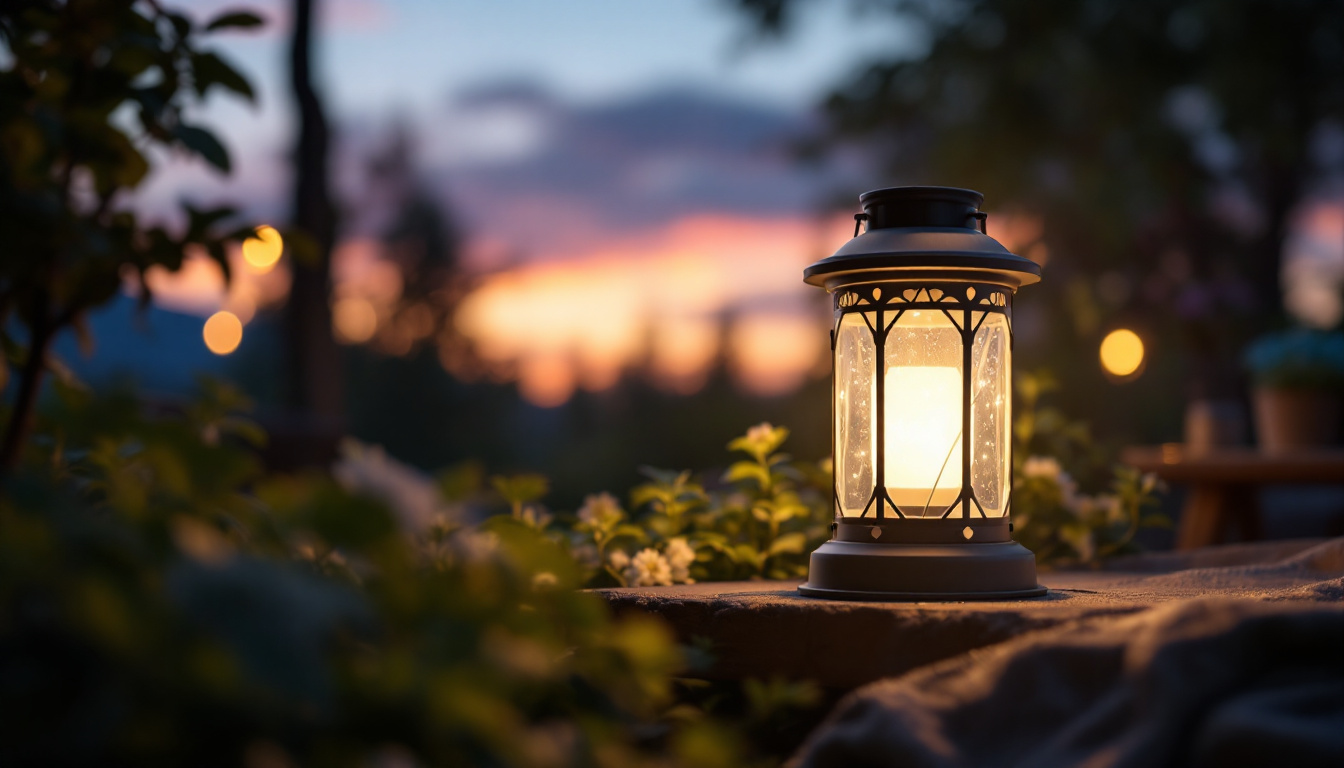
Discover why solar lanterns are becoming a game-changer for lighting contractors.
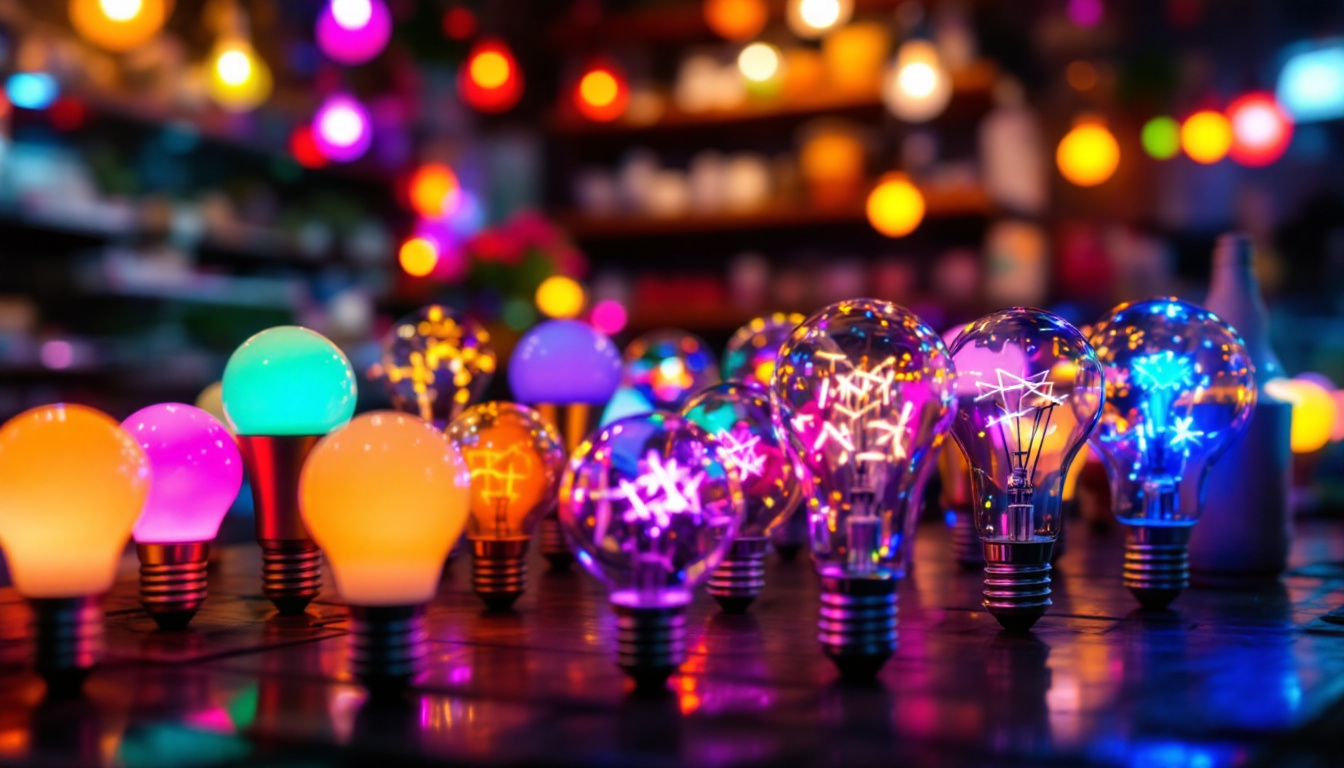
Discover why purchasing decorative LED bulbs in bulk from local distributors might not be the best choice.
Get notified when NEW deals are released.
Optimize your budget with wholesale discounts.
Only top-quality, specification-grade lighting products.
No additional costs at checkout - what you see is what you pay.
We understand the unique needs of contractors.